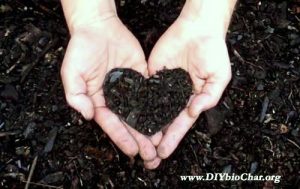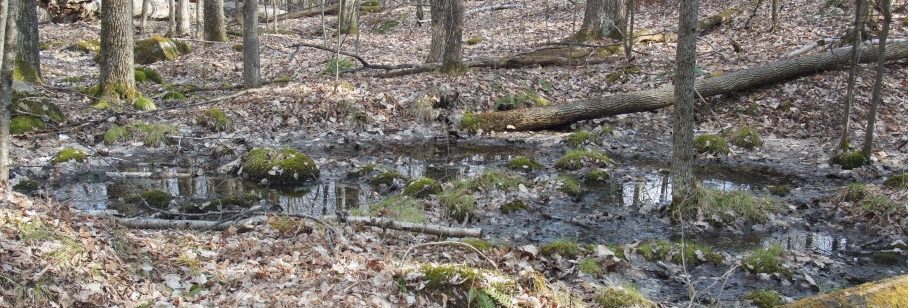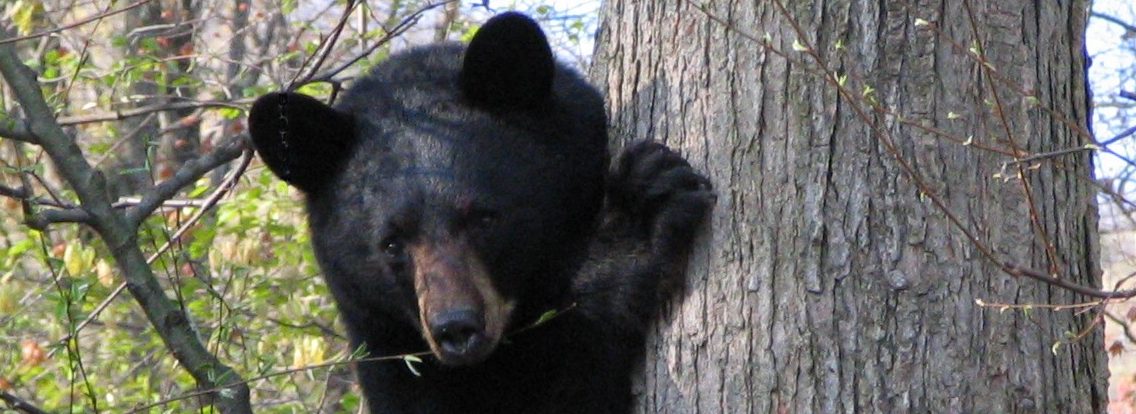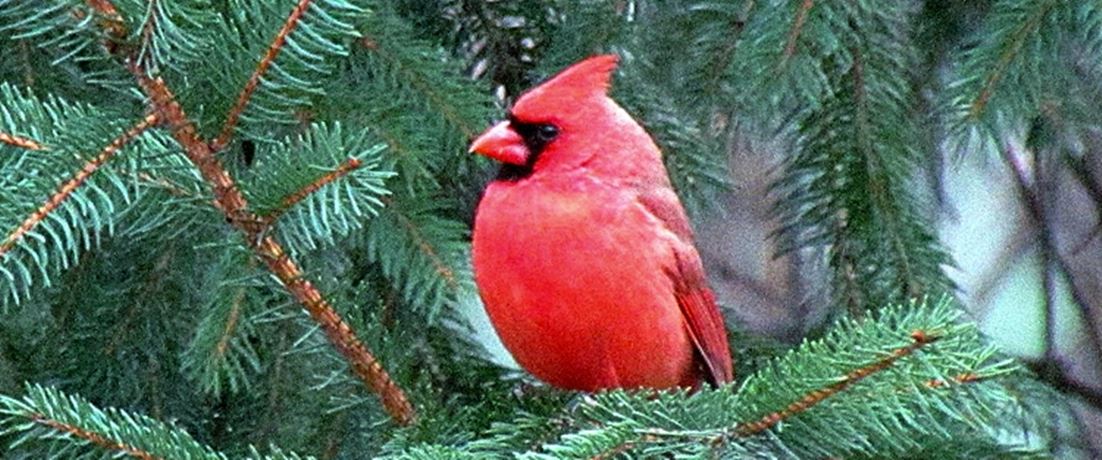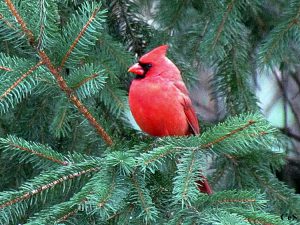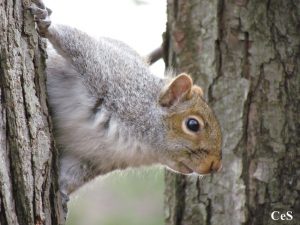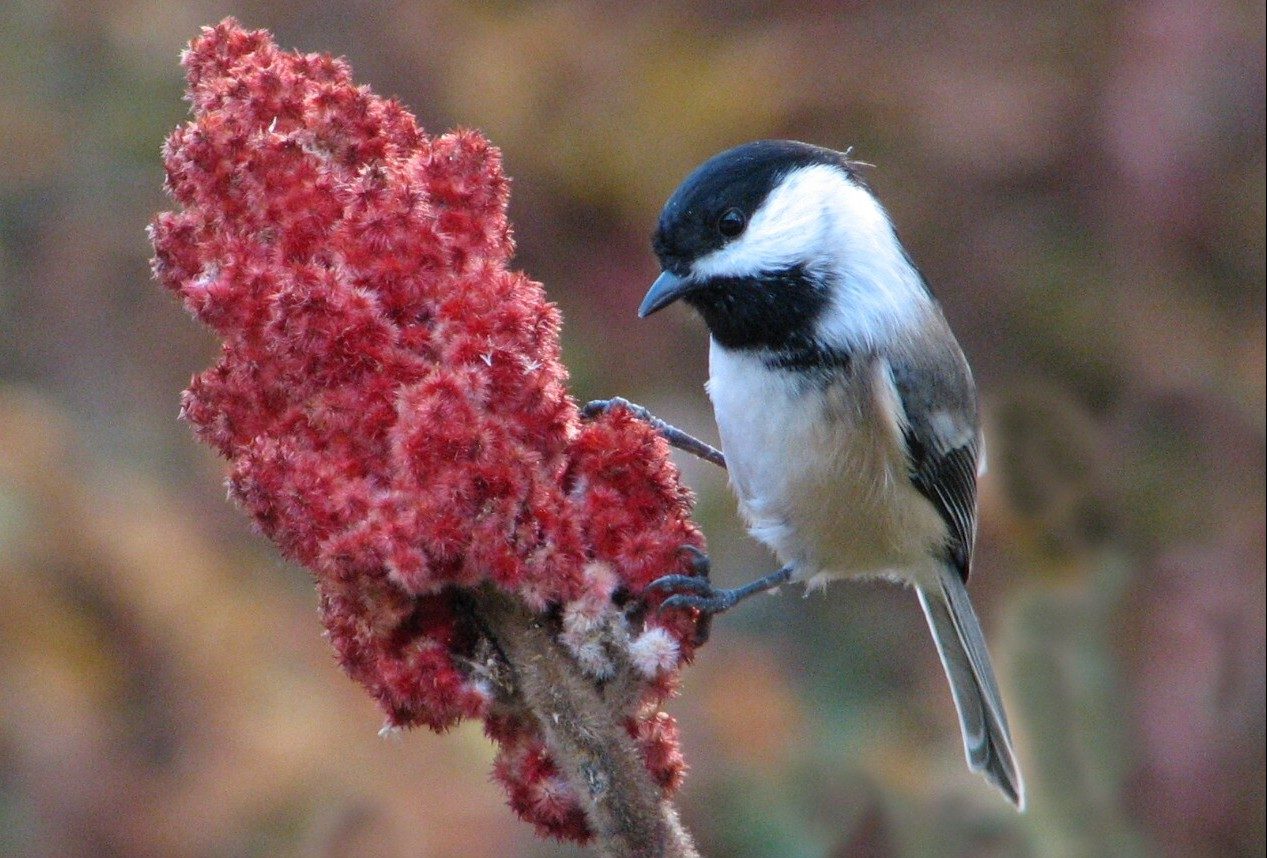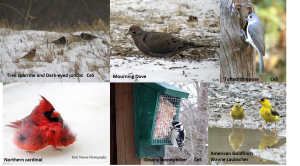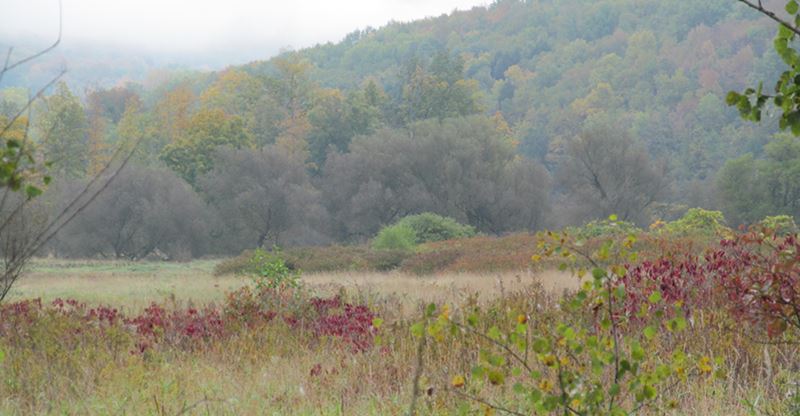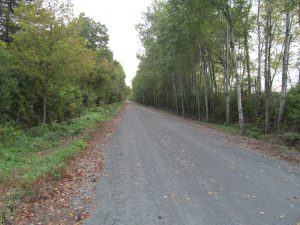“If you could continually turn a lot of organic material into biochar, you could, over time, reverse the history of the last two hundred years.” Bill McKibben, Professor, Middlebury College
What is biochar?
The short answer is charcoal. However, it is the creation of charcoal through a process called pyrolisis, the slow burning of matter, such as hard wood waste, coconut hulls, or rice hulls under high heat. This charcoal applied to depleted soils increases topsoil nutrients for plant growth. This biochar becomes especially helpful in regions where soils have become depleted or toxic due to run off.
Creating char is an ancient process found in large deposits in the Amazon Basin dating back at least 2,500 years. In its modern use, biochar not only has the advantage of cleaning soil and water, but also limiting, and perhaps reversing soil or water damage.
According to the International Biochar Initiative, “biochar can convert agricultural waste into a powerful soil enhancer making soil, especially in at-risk regions, more fertile and thereby boosting food security, discouraging deforestation and preserving crop diversity. Biochar is a very stable form of carbon and can last 100-1000 years in the soil. For each pound of biochar in the soil, 3 pounds of carbon dioxide are filtered out of the air.”
Biochar’s Potential
Biochar might not sound like a very exciting term, but for Gary Gilmore, Woodland Stewardship Coordinator of the PA Department of Conservation and Natural Resources Bureau of Forestry, it is something to get excited about, as biochar has the potential to:
- Capture toxins and excess nitrogen protecting our waterways and groundwater quality
- Create an alternative energy source for generating heat and power, and valuable by-products of synthetic and bio-fuels
- Reduce the need for (and use of) fossil-fuels and fossil-fuel based fertilizers
- Turn bio-waste into value-added products while creating jobs
- Isolate CO2 safely for thousands of years
Not a fertilizer
However, biochar is not a fertilizer, but a “soil amendment,” meaning that added to soil it allows nutrients to remain in the soil over longer periods. The porous nature of the biochar can hold up to 6 times its weight in water and beneficial soil bacteria. Application of biochar to soil creates more sustainable soil management and decreases nutrient loss.
In addition to the way biochar builds up soil, it also has the capability of binding soil nutrients like nitrogen, phosphorus and potassium. This binding prevents nutrients from becoming run off into our waterways. According to the USBI, United States Biochar Initiative, “Biochar also holds gasses; recent research has proven biochar-enriched soils reduce carbon dioxide (CO2) and nitrous oxide (NO2) emissions by 50-80%.”
As an ancient soil amendment, biochar is gaining traction in the study of soil maintenance around the world. Recently, the impact of this soil amendment has gained a foothold here at home as a part of Penn State’s short courses offered this fall. As the study of biochar grows, we discover new knowledge about ancient wisdom that can address multiple environmental impacts on a local and global scale.
To learn more about what DCNR is doing with Biochar click here.


